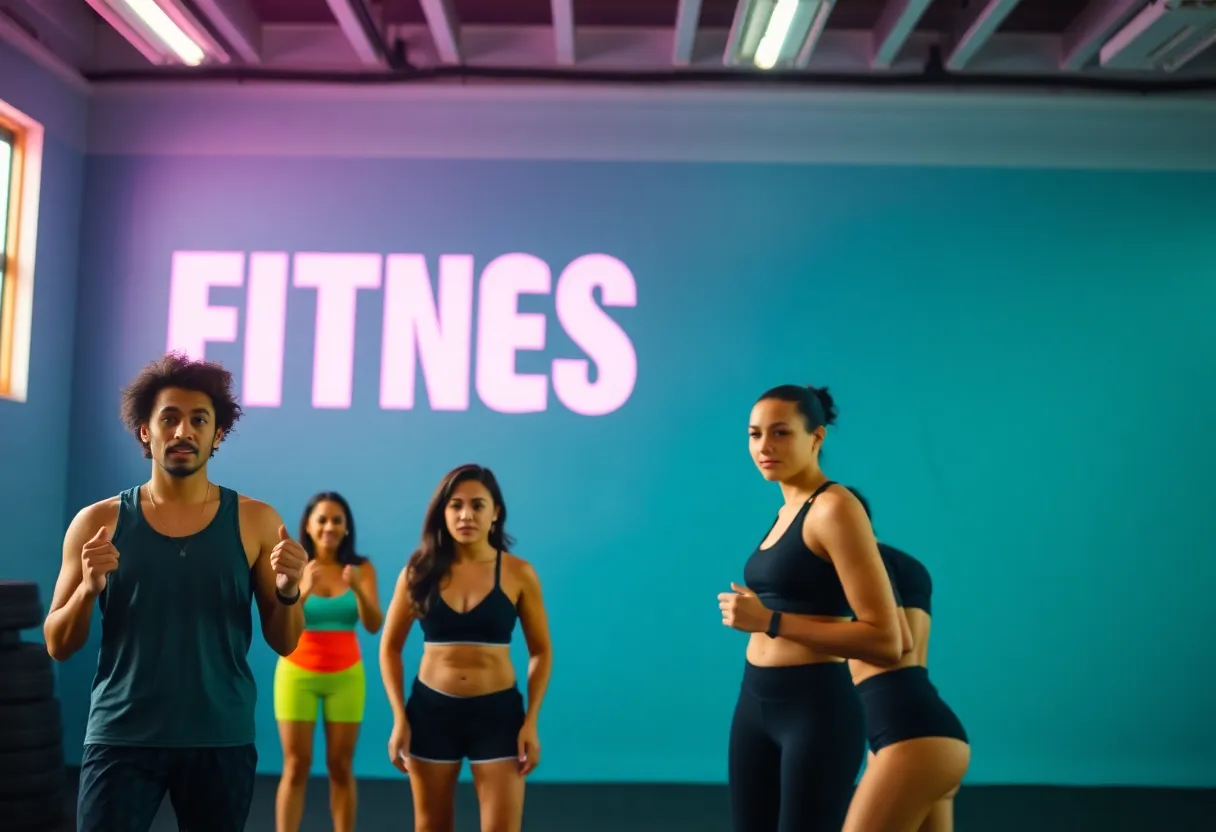News Summary
As the global digital fitness market is set to hit $65.73 billion by 2025, fitness and nutrition brands are exploring innovative marketing strategies. From modular video content to influencer partnerships, these brands are adapting to engage their audiences effectively. Campaigns leveraging retargeting and user-generated content are proving successful, ultimately leading to enhanced brand recognition and improved ROI. The future of the industry looks promising as creativity and connection take center stage.
Fitness and Nutrition Brands Embrace New Social Media Strategies
The fitness and nutrition industry is booming, and exciting news is coming from brands eager to connect with their audience in innovative ways. The global digital fitness market is forecasted to hit a whopping $65.73 billion by 2025, which has prompted brands to get creative with their marketing strategies. One standout approach gaining popularity is the clever use of modular video content. This strategy revolves around taking one video and transforming it into multiple formats, making it perfect for all kinds of social media platforms.
Video Content That Speaks Volumes
For instance, Transparent Labs launched a remarkable campaign using modular video content that achieved 21 million views and boosted their revenue from $4 million to $10 million in just two years. How did they do it? With the help of Chamber Media, they created ten different video versions from a single shoot. The long-form video was shared on YouTube, ensuring a broad organic reach, while shorter clips on Facebook targeted those who had previously shown interest in their products, focusing on details like pricing and ingredients. On Instagram, the spotlight was on stunning product visuals and testimonials, right where engagement thrives.
Connecting Through Influencer Partnerships
Another trending method is forming authentic partnerships with influencers. Brands realize that fostering genuine connections can significantly enhance their marketing efforts. Onnit, for example, has effectively engaged audiences by teaming up with celebrities like Joe Rogan, who regularly endorses their Total Human Optimization philosophy on his podcast. Rogan’s mentions help build trust and create a sense of community around Onnit products, further solidifying their market presence.
On social media, user-generated content and testimonials play an essential role in building a robust and engaged community. Similarly, C4 Energy made waves with their “Ignite Your Fire” campaign by showcasing a diverse array of athletes, emphasizing inclusivity, and steering clear of traditional gym stereotypes. They collaborated with influencers from various sports and saw an incredible 86 million impressions and 82 million engagements. By utilizing paid media to amplify this influencer-driven content, C4 created contests to further engage audiences.
Retargeting: Guiding Potential Customers Back
In the fast-evolving fitness and nutrition sector, a strategic retargeting approach proves vital for converting leads. A recent case study showed how Kook executed a successful retargeting campaign for a fitness nutrition brand. By customizing their messaging based on user interactions, they experienced significant increases in both website sessions and goal completions, highlighting how effective paid social media can be in bringing potential customers back into the sales funnel.
Building Long-Term Brand Success
Create consistency and quality in organic content creation, and watch as brands flourish for the long haul. An inspiring story comes from a personal trainer who boosted his followers by an astounding 808% and engagement rates by 921%, all without spending on ads. It proves that when businesses prioritize authentic connections with their audience, they unlock opportunities for brand recognition and partnerships.
The Power of Targeted Campaigns
For brands like Body Ecology, effective targeting in their paid media campaigns led to a remarkable 98% increase in their return on ad spend. By optimizing campaigns on Facebook and Instagram and refining their sales funnel, Body Ecology experienced higher average order values.
Maximizing Impact with Strategic Approaches
For fitness brands looking to make a dent in the market, a combination of paid ads and organic content is essential. Popular platforms like Instagram, Facebook, TikTok, and YouTube offer visually rich experiences that resonate well with fitness enthusiasts. Posting consistently, about 3-5 times a week, helps to maintain engagement without overwhelming followers. Furthermore, interactive content is instrumental in fostering a sense of community and instilling brand loyalty.
As we watch the fitness and nutrition landscape evolve, it’s clear that the way brands engage with their audience stands to redefine the industry’s future. By harnessing innovative strategies, brands can help us lead healthier and happier lives while paving the way for a prosperous market ahead.
Deeper Dive: News & Info About This Topic
HERE Resources
Your Comprehensive Guide to Affiliate Marketing
Kickstart Your Affiliate Marketing Journey: A Beginner’s Guide
The Shift to Digital: Legacy Brands Embrace the Change
Wellness Industry Makes Big Waves: A $6.3 Trillion Transformation
UpSwell’s Exciting Acquisition: A Game Changer for SMBs!
Exciting Times Ahead: Yes& Welcomes Beacon Digital Marketing
Community Improvement Initiative Grant for Renovation Projects
North San Diego County Businesses Adjust Marketing Strategies Following TikTok Ban
Historic Northville Estate ‘Castello Montebello’ Sells for $2.9 Million
Additional Resources
- Influencer Marketing Hub
- Wikipedia: Social Media Marketing
- Metricool
- Google Search: Fitness Nutrition Brands Social Media Marketing
- Sprout Social
- Google Scholar: Social Media Marketing in Fitness
- Forbes
- Encyclopedia Britannica: Social Media Marketing
- Marketing Dive
- Google News: Social Media Marketing Trends
- Marketing Week







